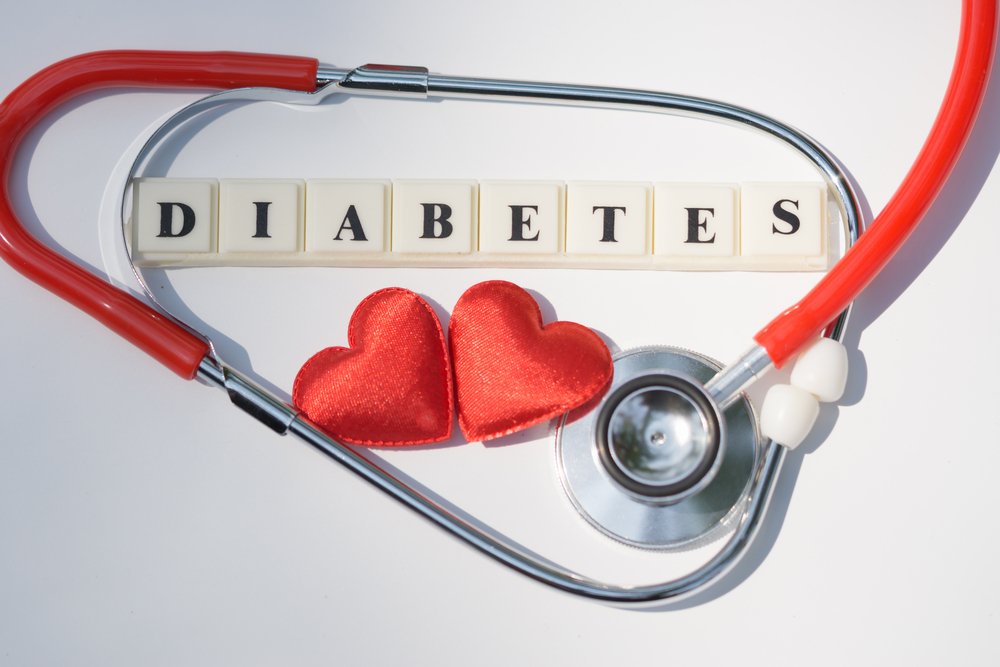Omega-3 Drugs vs. Supplements: What the Headlines Get Wrong
Recent coverage has painted an either/or battle between omega-3 pharmaceuticals and fish-oil supplements. The reality is simpler: when the dose is adequate and blood levels rise, omega-3s (EPA & DHA) deliver benefits—no matter the label on the bottle.
The Spark: “Fish Oil Doesn’t Work” (and Why That’s Misleading)
An opinion piece arguing that fish-oil supplements don’t work overlooked two big facts:
-
Positive trials exist. Large studies like VITAL and ASCEND reported statistically significant benefits at practical doses.
-
Form ≠ function. Some headlines blur pharmaceutical omega-3 products (e.g., Lovaza/Omacor, icosapent ethyl) with dietary supplements. The active molecules are the same (EPA and/or DHA). When EPA+DHA dose is too low, trials—drug or supplement—often underperform.
Even a meta-analysis cited against supplements (Khan et al.) reported reduced risks of myocardial infarction and coronary heart disease with omega-3 long-chain PUFAs. The takeaway isn’t “ineffective”—it’s “dose matters.”
What the AHA Actually Recommends (2020s Update)
The American Heart Association revisited its 2002 advice with three focused advisories:
For people without known CHD
-
Eat fish (preferably oily) at least twice weekly.
For people with CHD
-
~1,000 mg/day EPA+DHA, in conversation with your clinician.
For hypertriglyceridemia
-
2–4 g/day EPA+DHA lowers triglycerides.
-
Studies show similar TG-lowering at the same EPA+DHA dose whether from Rx products or supplements—because the active dose drives the effect.
-
The AHA does not “prescribe” supplements for disease treatment (a regulatory limitation), not because they’re ineffective at equivalent doses.
-
Europe’s Guidance: Space for Both Rx and Lifestyle Omega-3s
The ESC/EAS dyslipidaemia guidelines (post-REDUCE-IT) advise:
-
In high-risk patients on statins with TG 135–499 mg/dL, consider icosapent ethyl 2 g twice daily (Class IIa, Level B).
-
They also acknowledge omega-3 supplements as a lifestyle tool for lowering TG-rich lipoproteins—and note many negative trials simply used too little omega-3.
The Unsexy Truth: Dose and Blood Levels Drive Outcomes
Whether you choose fish, a supplement, or an Rx omega-3, two steps make the difference:
1) Measure your Omega-3 Index
Your Omega-3 Index (EPA+DHA in red blood cells) predicts risk and confirms whether your intake is working. Aim for ≥ 8%.
2) Dose to target, then re-test
An AJCN dosing model shows what it typically takes (in ~13 weeks) to reach ~8%:
-
Baseline 2% → ~2,200 mg/day EPA+DHA (triglyceride form)
-
Baseline 4% → ~1,500 mg/day
-
Baseline 6% → ~750 mg/day
Using ethyl-ester forms? Expect to need more (e.g., ~2,500 mg/day vs. ~1,750 mg/day TG form to lift a group from ~4% to ~8% with high confidence).
A Simple Playbook for Clinicians & Consumers
Step 1 — Test
Get a baseline Omega-3 Index before changing anything.
Step 2 — Choose your route
-
Food first: oily fish 2×/week.
-
Supplement: pick a product listing actual EPA & DHA per serving; dose to target.
-
Prescription: appropriate for very high TG or specific indications (e.g., icosapent ethyl with statins).
Step 3 — Verify
Re-test in 8–12 weeks. Adjust dose or form until you’re consistently at ≥ 8%.
Bottom Line
This isn’t Rx vs. supplement—it’s dose vs. under-dose. Use fish, supplements, and/or prescriptions strategically, verify with the Omega-3 Index, and you’ll cut through the noise—and toward the benefits that the best trials consistently show.




